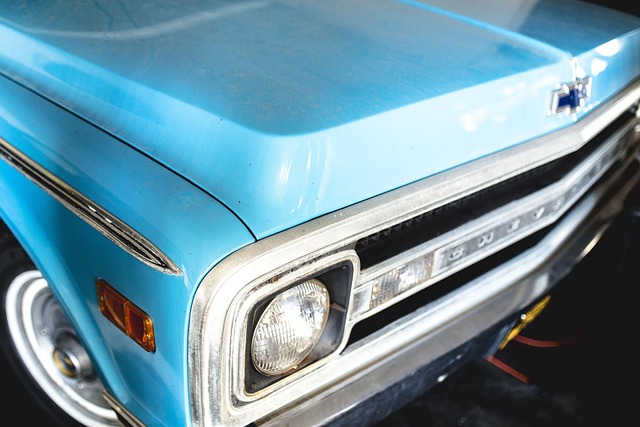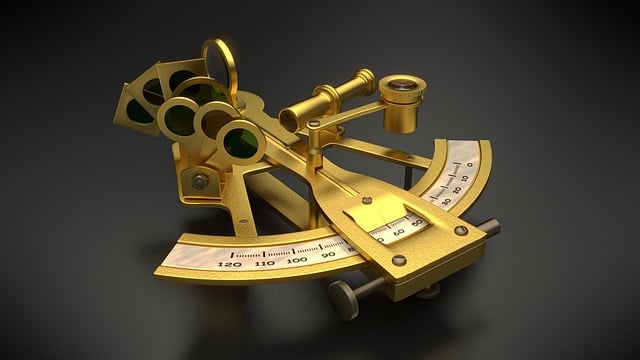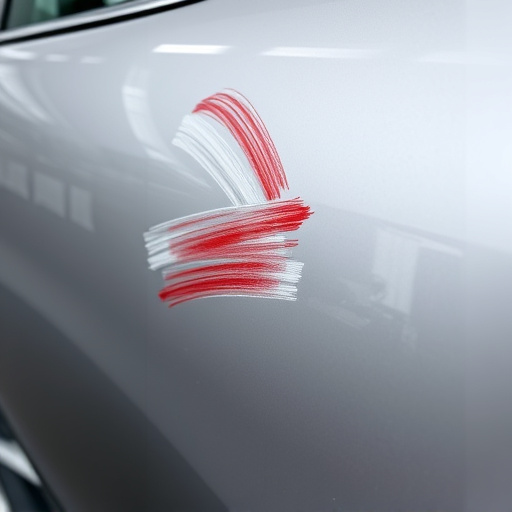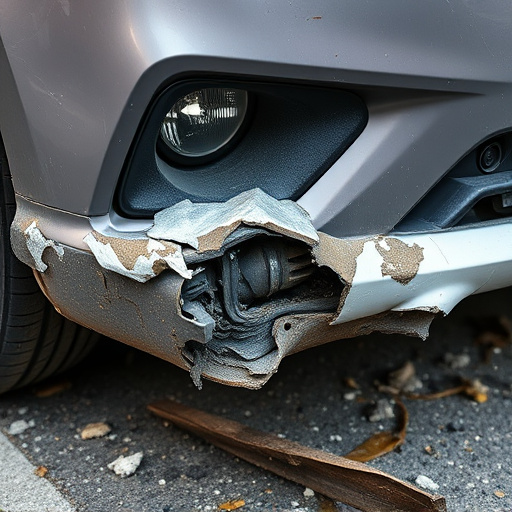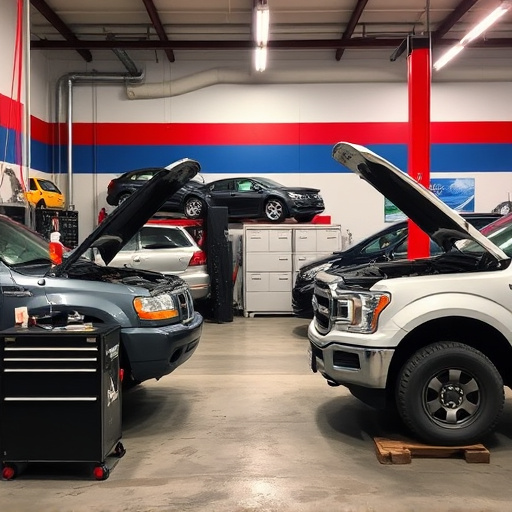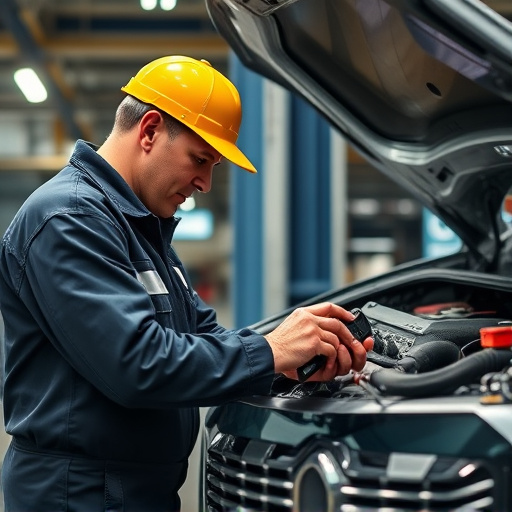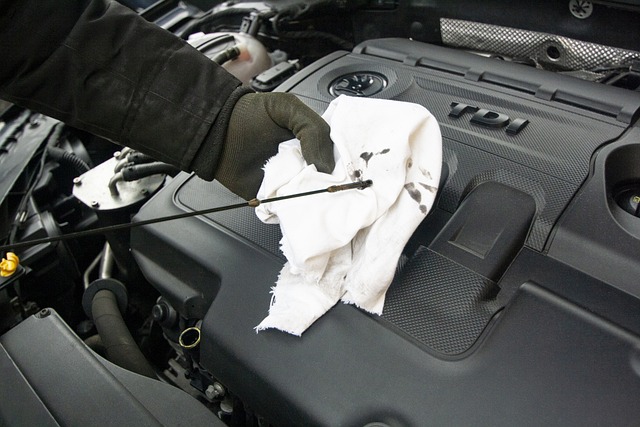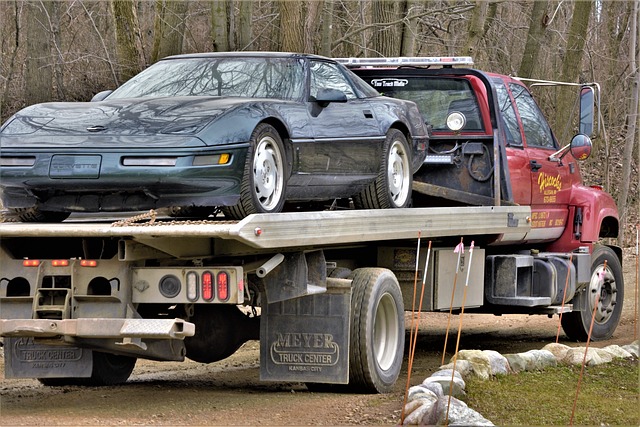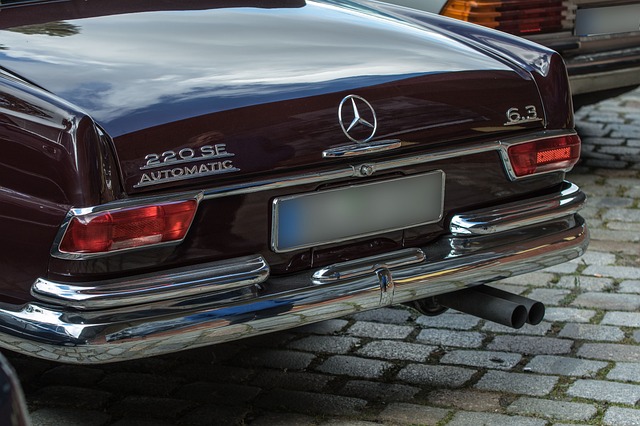Understanding frame damage is crucial during auto body shop consultations. The frame, acting as the car's skeletal structure, connects vital components and ensures structural integrity for safe driving. Technicians meticulously inspect alignment, welds, and panel integrity using specialized tools like frame racks and laser scanners to identify even hidden damage. This comprehensive frame inspection is a non-negotiable step in estimating repair costs, facilitating clear communication with clients, and ensuring high-quality auto maintenance services.
Frame damage inspections are a critical step in auto body shop consultations, ensuring accurate repair estimates and customer satisfaction. Understanding the key components of frame damage is essential for technicians during initial assessments. This article delves into the importance of comprehensive frame inspections, guiding auto body shops through best practices to conduct thorough damage assessments, thereby facilitating efficient repairs and restoring vehicles to their pre-accident condition.
- Understanding Frame Damage: Key Components to Inspect During Auto Body Shop Consultations
- The Importance of Comprehensive Frame Inspection in Auto Body Repair Estimation
- Best Practices for Conducting Frame Damage Assessments During Initial Shop Consultations
Understanding Frame Damage: Key Components to Inspect During Auto Body Shop Consultations
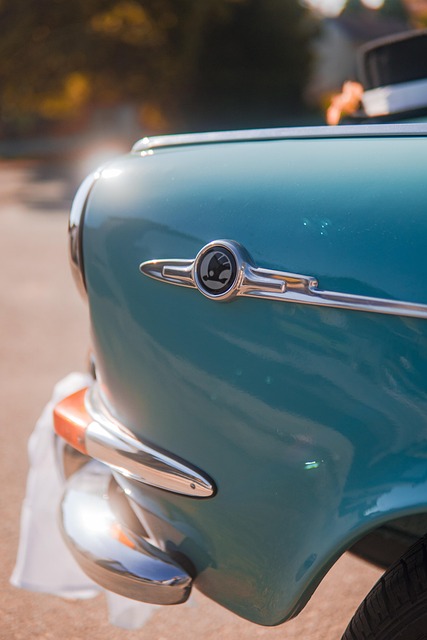
Understanding frame damage is crucial during auto body shop consultations. The frame, or unibody, acts as the car’s skeletal structure, connecting all major components. Inspecting key components like alignment, welds, and panel integrity is vital to ensure structural soundness—a critical factor for safe driving and future auto maintenance.
During these consultations, professionals look for signs of misalignment, which can indicate damage beyond what’s visible. Welds should be thoroughly checked for cracks or weaknesses, as these can compromise the frame’s stability. Panel integrity is also key; dents, creases, or gaps might seem like minor issues but could lead to long-term problems, necessitating more extensive repairs, including car restoration in severe cases. Remember that a thorough inspection during auto body shop consultations is step one in ensuring your vehicle’s safety and determining the scope of necessary repairs, whether for simple auto dent repair or comprehensive auto maintenance.
The Importance of Comprehensive Frame Inspection in Auto Body Repair Estimation
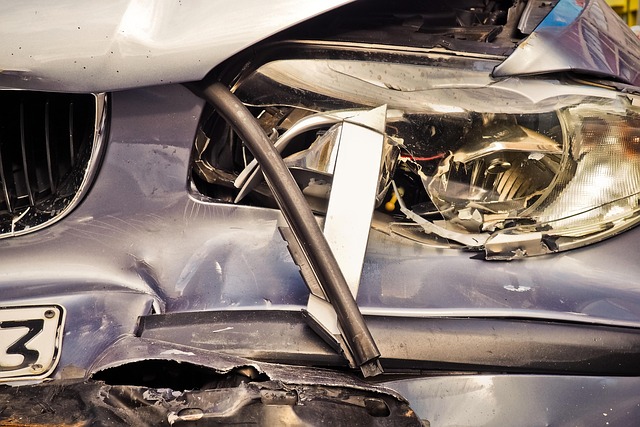
A comprehensive frame inspection is a crucial step in the estimation process for any auto body shop consultation. The frame, often referred to as the car’s skeleton, plays a vital role in determining the overall structural integrity and safety of a vehicle. During an inspection, skilled technicians assess the condition of various components, including the chassis, panels, and connecting members. This meticulous evaluation helps identify hidden damage that may not be immediately visible, ensuring accurate auto body repair services.
In the event of a collision or accident, proper frame inspection is essential for providing reliable auto maintenance estimates. It allows auto collision centers to pinpoint potential weaknesses or misalignments, which could impact the long-term performance and safety of the vehicle. By thoroughly examining the frame, auto body shops can deliver precise quotes, guarantee high-quality repairs, and restore the vehicle to its pre-incident condition, thereby enhancing customer satisfaction in auto repair services.
Best Practices for Conducting Frame Damage Assessments During Initial Shop Consultations
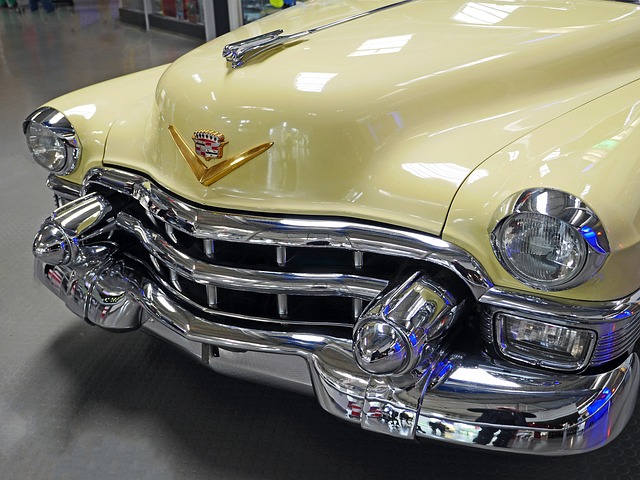
During initial shop consultations for auto body repairs, meticulous frame damage assessments are non-negotiable. The process should begin with a thorough visual inspection, where experienced technicians meticulously examine the vehicle’s structure, looking for any visible signs of damage or misalignment. This includes checking for dents, cracks, and twists in the chassis, as well as verifying the proper alignment of doors, hoods, and trunks.
Best practices also dictate the use of specialized tools and equipment, such as frame racks and laser scanners, to accurately measure and document any existing damage. These technologies enable precise comparisons with industry standards and original manufacturer specifications, ensuring that every repair is tailored to the vehicle’s unique needs. Additionally, keeping detailed records of these assessments is crucial for effective communication with clients, as well as for managing expectations regarding collision repair services and vehicle body repair processes.
During auto body shop consultations, thorough frame damage inspections are paramount. By understanding key components and implementing best practices, shops can provide accurate estimates and ensure high-quality repairs. Comprehensive frame inspection is not just a best practice—it’s essential for customer satisfaction and the safety of the road. Leveraging these techniques during initial consultations positions auto body shops to deliver exceptional service in today’s competitive market.

